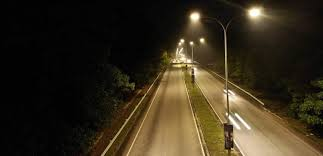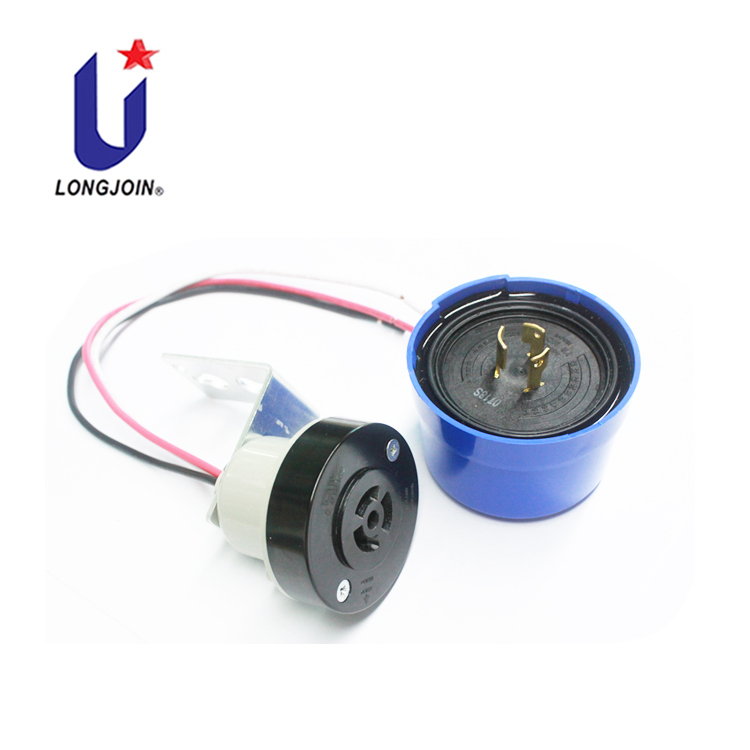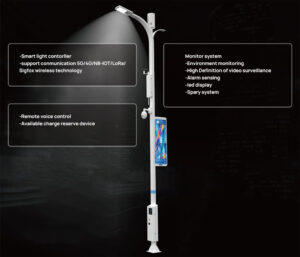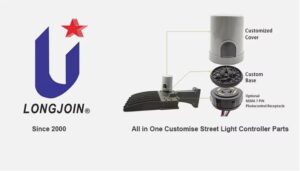Wired Photocell Sensors Explained: A Detailed Analysis of Core Components and Functions
Wired photocell controllers are key to outdoor lighting systems. They control when lights turn on and off. These controllers have several parts that work together. Let’s break down these components and see how they function.


Photosensitive Elements
Photosensitive elements are the heart of the controller. They detect light changes and send signals.
Role of the Photocell Sensor
A photocell sensor is a type of photosensitive element. It senses ambient light and responds accordingly. When it detects low light, it turns on the lights. When the light level rises, it turns them off.
The photocell sensor is key in this process. It helps automate lighting, reducing the need for manual control.


Other Types of Photosensitive Elements
In addition to the photocell sensor, there are other photosensitive elements:
- Photoresistors: These change resistance with light levels.
- Photodiodes: Convert light into an electrical current.
- Phototubes: These are similar to photodiodes but work on a different scale.
All of these elements help detect light, but the sensor is most commonly used in wired photocell controllers.
Relays or Thyristors
Relays and thyristors help control the circuit after the photocell sensor detects a change in light.
Working of Relays
When the photocell sensor senses darkness, it activates the relay. The relay closes the circuit, allowing electricity to flow to the lights. This turns the lights on.
Working of Thyristors
Thyristors, on the other hand, work differently. Once they are activated, they remain on. They need a manual reset to turn it off. Thyristors are useful for long-lasting switching.
Both relays and thyristors work together to ensure that the lighting system responds accurately to light changes.
Circuit Boards
The circuit board is the main controller of the system. It connects all the components, ensuring they work together.
Function of the Circuit Board
The circuit board houses the photocell sensor, relays, and other key components. It helps route the signals and ensure proper operation. It interprets the signals from the photocell sensor and activates relays or thyristors accordingly.
Without a well-designed circuit board, the controller wouldn’t function properly. It is the brain behind the photocell controller.
Components on the Circuit Board
Common components found on the circuit board include capacitors, resistors, and transistors. These elements help smooth out electrical signals and control the current flow.
Enclosures
The enclosure protects the internal components of the photocell controller. It keeps dirt, water, and dust away from the circuit board.
Role of the Enclosure
The enclosure plays a critical role in ensuring the longevity of the controller. It shields the delicate components from environmental factors. It also helps with heat dissipation to prevent overheating.
A strong, durable enclosure keeps everything safe, especially in outdoor environments.
Connection Terminals
Connection terminals are used to link the controller to external power sources and lighting devices. These are critical for ensuring proper functioning.
Importance of Proper Connections
For a photocell controller to work, proper connections are needed. Loose or improper connections can cause the system to fail. The terminals ensure that the controller receives power and can control the lights effectively.
Properly secured terminals are key to reliability and safe operation.
Optional Accessories
Some photocell controllers include optional accessories that improve performance.
Time Delay Circuits
Time delay circuits are often included to prevent rapid switching. They delay the response, ensuring that the lights don’t flicker when the light level changes slightly.
Light Shields
Light shields protect the smart sensor from excessive light. This prevents false readings and ensures accurate light detection.
Indicator Lights
Indicator lights show if the system is working properly. They alert users if the controller is malfunctioning or in a particular state.
Adjustment Knobs
Adjustment knobs let users fine-tune the sensitivity of the photo switch sensor. This helps tailor the controller to specific lighting needs.
Summing Up
Wired photocell controllers are essential for modern outdoor lighting. They rely on components like the sensor, relays, circuit boards, and enclosures. Optional accessories like time delays and light shields make these systems even more versatile.
The role of the photocell sensor in these controllers is critical. It helps ensure that lights are only on when needed, reducing energy waste. As technology advances, photocell controllers will continue to improve and integrate into smarter lighting systems.
FAQs
What is a photo switch sensor and how does it work in a wired photocell controller?
A photocell sensor detects changes in light levels. When it senses low light, it sends a signal to the photocell controller to turn on the lights. When it detects enough light, it turns them off. This helps automate outdoor lighting based on ambient light conditions.
How does a photocell controller help save energy?
A photocell controller, with the help of a sensor, ensures that lights only turn on when necessary. It detects natural light levels and switches off the lights during the day. This prevents energy waste. This leads to significant energy savings in outdoor lighting systems.
What components make up a wired photocell controller?
A wired photocell controller consists of several key components:
●Photo switch sensor: Detects light changes.
●Relays or thyristors: Control the switching of lights.
●Circuit board: Manages the flow of electrical signals.
●Enclosure: Protects the internal components. Optional parts include time delay circuits, light shields, and adjustment knobs. All these components work together to automate lighting based on light conditions.
External Link
https://www.techtarget.com/whatis/definition/thyristor#:~:text=A%20thyristor%20is%20a%20four,%2Dcontrolled%20rectifier%20(SCR)






